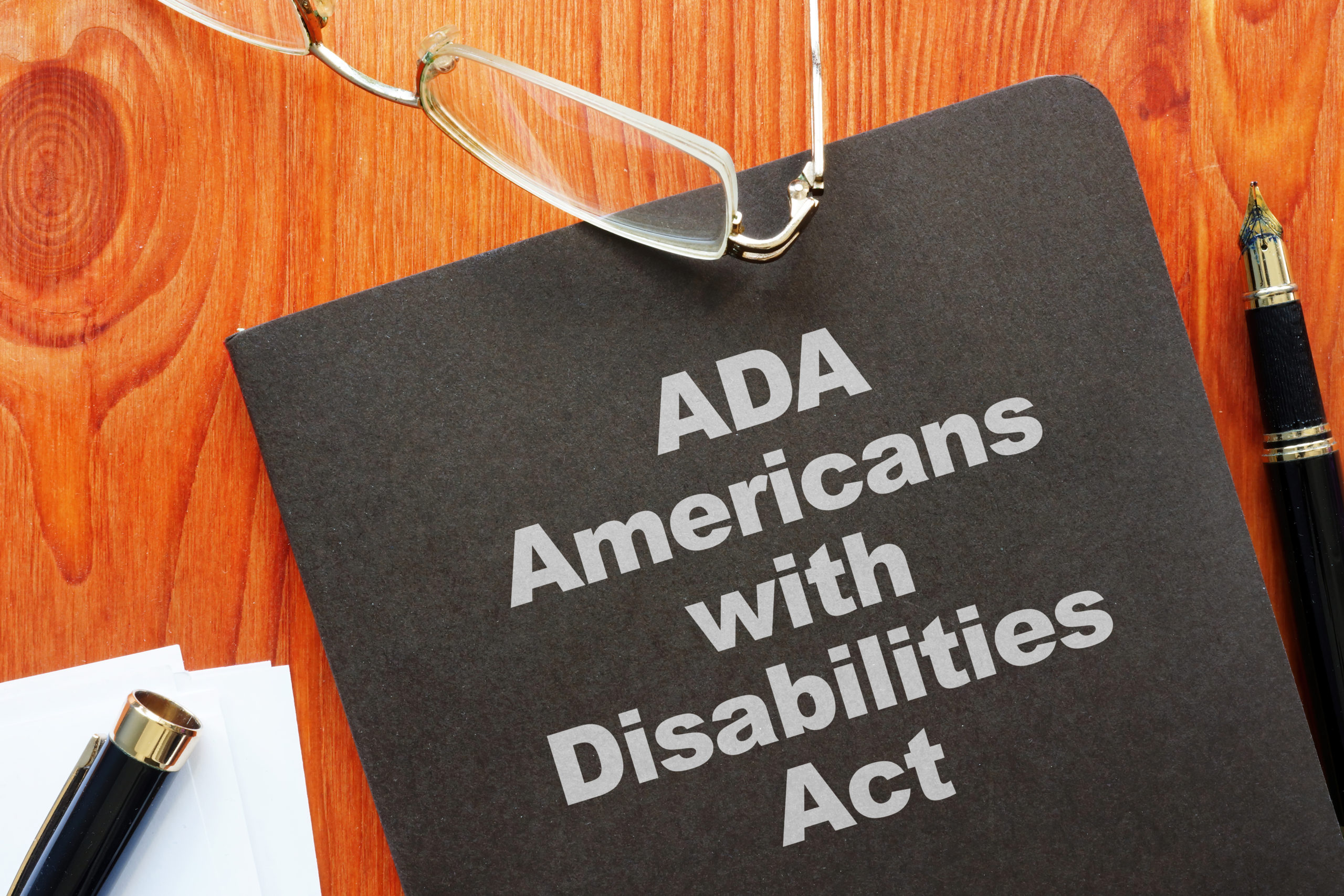
Are Your Business Digital Products (Mobile App, Website) ADA/WCAG Compliant?
In other words, is the disabled population able to access every feature and function of your website, mobile apps, PDF files, graphics, and other digital offerings? We all know the Americans with Disablities Act (ADA) has mandated the disabled to have full access to any public setting where non-disabled people are accessing, but what about the virtual world? As you remember, originally the ADA brought in the advent of parking spaces, wheelchair ramps, and rails.
The History of the Americans Disability Act
As technology evolves, so does the ADA civil rights legislation first established and signed into law in 1990. The Dept. of Justice notified the public in 2010 that it fully intended to bring the ADA up to par with the technological age by considering how people with disabilities would be digitally accommodated in relation to websites. Some businesses adhered to the recommendations and guidelines right way. However, most either did not pay attention to the new laws, didn’t think they were important, or thought they were already compliant, when in fact, they were not. In 2016, the accessibility issue blew up after a huge lawsuit involving the University of California, Berkeley went public.
The Department of Justice Ruled the Roost
The Dept. of Justice ruled in the University of California, Berkeley case that the school would adopt the WCAG (Web Content Accessibility Guidelines) of the World Wide Web to make their website accessible to all people. Nowadays, the WCAG is considered the standard among businesses and organizations, where it is widely accepted.
Who WCAG is For?
WCAG is primarily intended for:
- Web content developers (page authors, site designers, etc.)
- Web authoring tool developers
- Web accessibility evaluation tool developers
- Others who want or need a standard for web accessibility, including for mobile accessibility
- Related resources are intended to meet the needs of many different people, including policy makers, managers, researchers, and others.
WCAG is a technical standard, not an introduction to accessibility. For introductory material, you can start here
America’s Disabled Population Demands the Virtual World Catch Up to Them
The minority of minorities are demanding the virtual world to catch up with them and the ADA law established for their protection in 1990. Every person who enters your website, mobile app, or other digital product should be able to access every function, every feature, and every image. Furthermore, specific steps are to be taken to ensure people prone to seizures are not triggered into having one by the website’s flashing or blinking.
Having Good Intentions Mean Nothing in Regards to the Law
While many business owners intend for their website to be ADA compliant, not all are. Regardless of intention, any ADA non-compliance of business digital products is against the law. Unfortunately, more and more business owners are finding this out the hard way. They are finding out in a courtroom in the middle of a lawsuit because of laid-back good intentions.
The Department of Justice published its ADA Best Practices Tool Kit. You can read it here:
Wieting Design offers Graphic Design, Website Design, Search Engine Marketing, Video Production and Logo Design in Fairfield County CT. Contact us for more information on the specialties we bring to your business!



